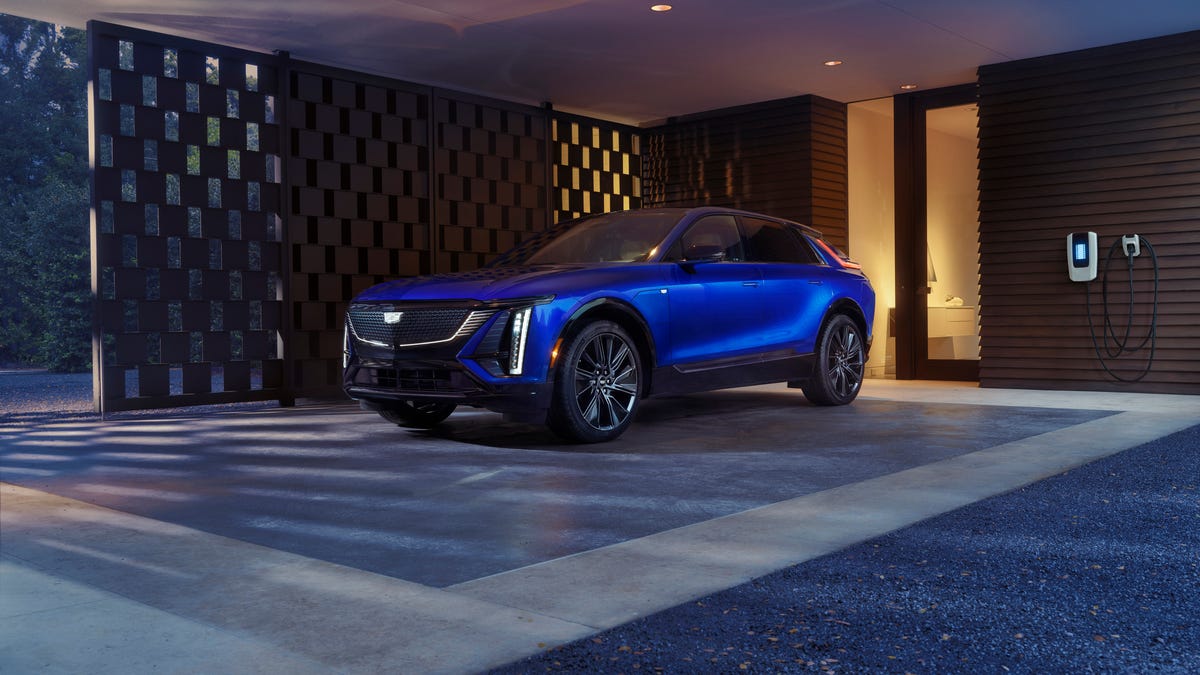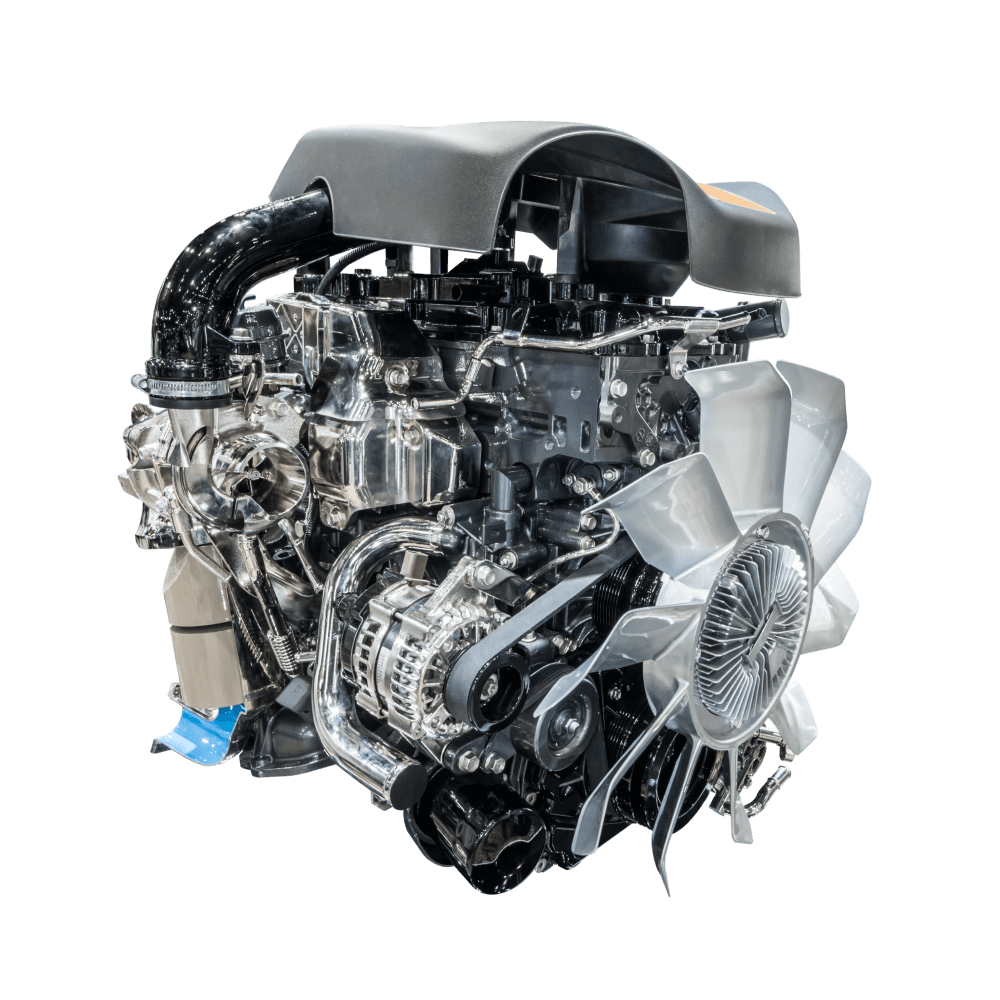As electric vehicle adoption rises, more Americans will need to clean out their garages.
This, according to a Michigan-based strategic communications agency’s first 2025 EV Charging Market report, is because home charging systems are crucial to courting higher EV sales, and a surprising number of car buyers lack access to a 240-volt outlet close enough to where their car is parked.
While the majority of American homes can support such an outlet, the agency, Telemetry, found that one-third of American homeowners with garages can’t park there.
“You can have a charger outside your garage, or if you don’t have a garage at all, you can get chargers that are mounted outside, they aren’t that much more expensive,” said Sam Abuelsamid, vice president of market research for the agency. Abuelsamid is an analyst with over 11 years of experience conducting similar reports.
“Or, you can adjust your behavior at home and move your stuff,” he added.
The study, compiled by Telemetry using a combination of proprietary forecasting, government data resources from the U.S. and Canada, external industry analysis and journalistic citations, also found:
The National Renewable Energy Laboratory estimated 42% of homeowners park near existing electrical access that can be modified to work with a Level 2 charger, Telemetry said Aug. 20, noting that the number surges to 68% if homeowners opt to clear out their garage.
Level 2 chargers are found at most public charging stations and are considered the best for at-home charging systems too. They are one of three main electric vehicle charging types. A Level 1 charger, is similar to plugging in a lamp, and takes roughly 20 hours to charge 120 miles. Level 3 fast chargers, meanwhile, can charge an electric vehicle most of the way in less than a half hour.
Other findings of the study indicate that electric vehicle ownership still favors Americans who own their homes. Home charging makes up 80% of all electric vehicle charging today, which makes sense, as over 80% of all EV owners own their homes.
“The vast majority of people do not buy new cars and nearly 90% of all EVs on the road were built in the past seven years,” Abuelsamid said. “The people that are buying new cars tend to be a little more affluent.”
Roughly three out of four southeastern Michigan occupied housing units — homes and apartments where people live — had access to a garage or carport in 2023, according to the American Housing Survey of the Census Bureau. But one in four renter households in Michigan spent more than half of their income in 2023 to cover housing costs, which includes rent and utilities.
Not owning your own home then “presents a substantial complication to installing EV charging,” Abuelsamid said.
Data from the U.S. Census Bureau notes that owner-occupied housing in the city of Detroit was 54% in 2023, the latest data available, to 137,567 out of a total 255,857 units. Across Michigan, the owner-occupied housing rates are higher, reaching 73.7% in 2023.
Residential charging remains a challenge for roughly 23% of Americans who rent multifamily residences, such as apartments, according to Telemetry. Of the 20% of new EV purchasers who live in multifamily homes, just 11% report parking near charging access at their residence.
Even for those who own their own homes, the cost of upgrading electrical access for vehicle use may be prohibitive, Abuelsamid pointed out. Older homes may run on limited 100 amp circuit breakers, and the preferred voltage use for adequate home charging can be a substantial drain.
For those with very short commutes, Abuelsamid said, plugging into a standard 120-volt outlet, which adds maybe a mile or two an hour, “might be all you need.”
For those who need more range, upgrades to a home’s electrical system could be necessary, and even more expensive if the circuit breaker isn’t close enough to where you plan to charge the car.
“If it’s in close proximity to your garage or where you’re going to park, it’s relatively straightforward,” Abuelsamid said. “But if your breaker panel is on the opposite end of your house, that could add hundreds of dollars to the cost of installation just for the wire. If you have to upgrade your panel, now you’re talking potentially thousands of dollars to do that.”
Despite these barriers, Telemetry estimated U.S. EV market share will more than double in 10 years. That is, over 40% of all new vehicle sales a decade from now could be electric, comprising 20% of total sales compared with today’s less than 10%. In the U.S., there are about 305 million registered vehicles, according to the National Highway Traffic Safety Administration.
EV sales surged this summer due to the upcoming expiration of the $7,500 EV tax credit after President Donald Trump slashed clean vehicle tax credits under what has been called the “One Big, Beautiful bill.”
Cox Automotive cited an uptick in sales last month as car buyers raced to take advantage of discounts to reach some of the highest new and used EV sales on record. Cox initially estimated July EV sales to be the second-best month ever, with sales over 130,000 vehicles representing a 20% year-over-year increase.
EV adoption is moving slower than automakers anticipated and hasn’t meaningfully grown industrywide outside the current spike, according to Lenny LaRocca, U.S. auto leader at KPMG, the audit, tax and advisory firm.
Even with some of the new launches, “EVs are not at price points the mass market is really excited about, and range anxiety is still a main hurdle to adoption,” LaRocca told the Free Press. “For longer trips, an EV is not the preferred choice right now. Without a reliable network of charging, it really limits the market.”
Across public and private networks in the U.S. and Canada, Telemetry expects installing the proper EV charging equipment to reach the demand expected in 2035 will cost $132.6 billion to $143.1 billion in today’s dollars.
More: Ford announces investment to bring affordable EVs to market, and talks about a new truck
Private homeowners can be expected to pay around $45.4 billion to $50.4 billion of that total, assuming an average of $2,000 per installed charger, the Telemetry study also found.
Computational journalist Kristi Tanner contributed to this report.
Jackie Charniga covers General Motors for the Free Press. Reach her at jcharniga@freepress.com.











